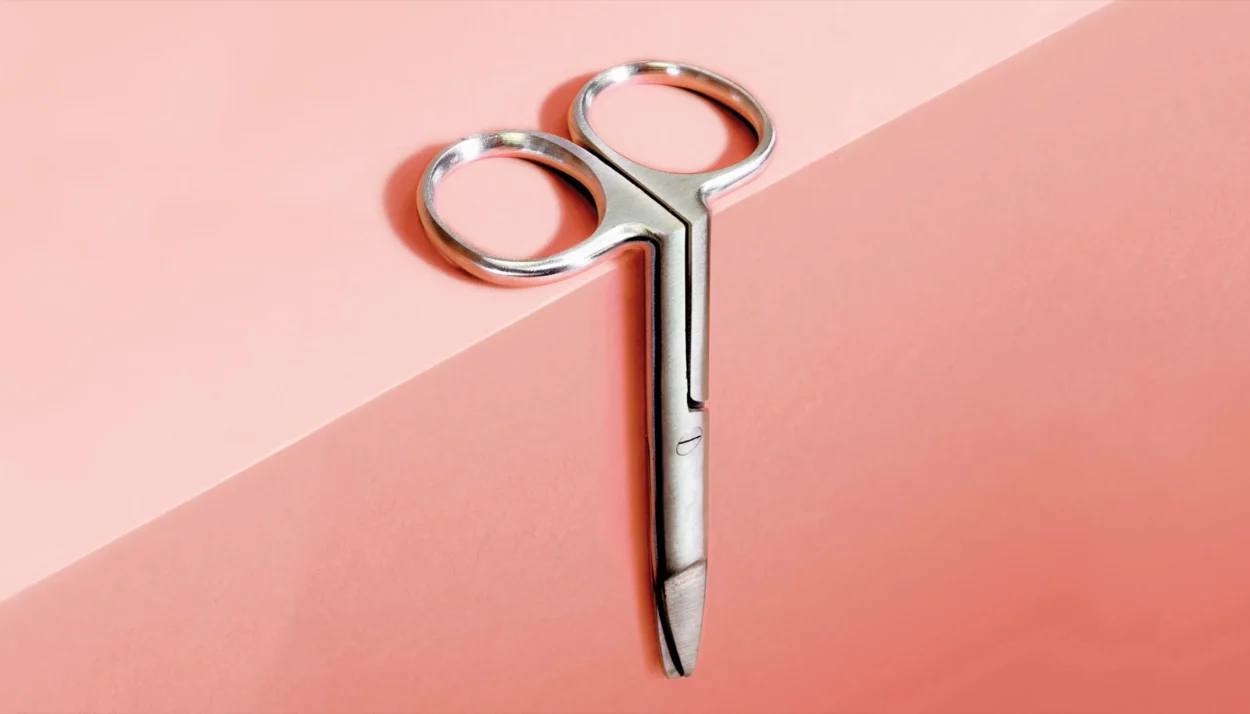
The debate over whether or not circumcision is necessary or beneficial continues to rage. Some societies refuse to accept it while medically it’s proven to be beneficial.
Circumcision is a medical operation that removes the foreskin from the penis. It is a common practice in some cultures and religions, and it is believed to have health benefits.
In this article, we will explore the difference between circumcised and non-circumcised men, including the potential benefits and drawbacks of each. So, let’s begin the discussion!
What Is Circumcision?
The removal of the foreskin from the penis is known as circumcision. The foreskin is a skin flap that covers the penis head.
The procedure is usually performed on newborn boys, but it can also be done on older boys and men. The procedure is often done for religious, cultural, or medical reasons.
Circumcision is usually performed under local or general anesthesia. The doctor will use a scalpel or a special instrument to remove the foreskin.
The procedure takes about 10 to 30 minutes, and there is usually minimal pain and discomfort. After the procedure, the penis is usually covered with a dressing, and the patient is sent home with instructions on how to care for the wound.

Benefits Of Circumcision
There are several potential benefits of circumcision. One of the main benefits is that it may reduce the risk of sexually transmitted diseases (STDs), including HIV.
Studies have shown that circumcised men are less likely to contract HIV and other STDs than non-circumcised men. The reason for this is that the foreskin provides a moist environment that is conducive to the growth of bacteria and viruses.
Another benefit of circumcision is that it may reduce the risk of urinary tract infections (UTIs) in infants. UTIs are more common in uncircumcised boys than in circumcised boys, and they can lead to serious health problems if left untreated.
Circumcision may also reduce the risk of penile cancer, although this is a very rare condition. Studies have shown that circumcised men are less likely to develop penile cancer than non-circumcised men.
Drawbacks Of Circumcision
Despite the potential benefits, there are also some drawbacks to circumcision.
One of the main drawbacks is that it is a surgical procedure that involves cutting the skin. As with any surgery, there is a risk of complications, including bleeding, infection, and scarring.
Males that underwent circumcision reported reduced sexual pleasure. The foreskin contains nerve endings that are important for sexual pleasure, and removing it may reduce sensitivity and make intercourse less pleasurable.
Finally, some people argue that circumcision is a violation of a person’s rights. They argue that circumcision is unnecessary and that individuals should have the right to decide for themselves whether or not to undergo the procedure.
| Category | Circumcised Penis | Non-Circumcised Penis |
| Appearance | Typically has no foreskin, and the head of the penis is always visible. | Has a foreskin that covers the head of the penis. |
| Hygiene | Easier to maintain good hygiene due to the lack of foreskin. | Requires more diligent hygiene practices to prevent infection. |
| Sexual Sensitivity | May have reduced sensitivity due to the removal of the foreskin. | May have greater sensitivity due to the presence of foreskin. |
| UTI Risk | Lower risk of UTIs in circumcised males. | Higher risk of UTIs in non-circumcised males. |
| Risk of Phimosis | Lower risk of phimosis in circumcised males. | Higher risk of phimosis in non-circumcised males. |
| Risk of STIs | Potentially lower the risk of some STIs, such as HIV. | Potentially higher risk of some STIs, such as HPV. |
| Medical Considerations | May be recommended for medical reasons, such as recurrent UTIs. | May be recommended for medical reasons, such as foreskin infections. |
As the table shows, there are significant differences between circumcised and non-circumcised penises.
One of the most noticeable differences is appearance – a circumcised penis typically has no foreskin, while a non-circumcised penis has a foreskin that covers the head of the penis.
This can affect the way the penis looks and feels during sexual activity, and may account for a factor in personal preferences.
Another key difference is hygiene. While a circumcised penis may be easier to clean, a non-circumcised penis requires more diligent hygiene practices to prevent infection and unpleasant odors.
It is important for non-circumcised individuals to clean the area under the foreskin regularly to prevent the growth of bacteria and other microorganisms.
What About A Non-Circumcised Penis?
A non-circumcised penis is one that still has its foreskin intact. The foreskin is a flap of skin that covers the penis head.
The foreskin is usually retractable, which means that it can be pulled back to expose the head of the penis.

Benefits Of A Non-Circumcised Penis
There are several potential benefits of having a non-circumcised penis. One of the main benefits is that it may provide greater sexual sensitivity.
The foreskin contains nerve endings that are important for sexual pleasure, and leaving it intact may enhance the intercourse experience.
Another benefit of a non-circumcised penis is that it may be less prone to dryness and irritation. The foreskin helps to keep the head of the penis moist and lubricated, which can prevent dryness and irritation.
There’s a social stigma that a non-circumcised penis is more aesthetically pleasing. It’s believed that the foreskin provides a natural and attractive appearance to the penis.
Drawbacks Of A Non-Circumcised Penis
There are also some potential drawbacks to having a non-circumcised penis.
One of the main drawbacks is that it may be more difficult to maintain good hygiene. The foreskin can trap dirt, bacteria, and other substances, which can lead to infection and other health problems if not cleaned properly.
A non-circumcised penis increases the risk of certain health problems. For example, uncircumcised men are more likely to develop UTIs and certain types of sexually transmitted infections (STIs), including human papillomavirus (HPV).
Finally, some people may experience social acceptance or cultural stigma associated with having a non-circumcised penis.
In some cultures, circumcision is seen as a rite of passage, and those who are not circumcised may be seen as outsiders or different.
FAQs (Frequently Asked Questions)
Is circumcision necessary for hygiene purposes?
Circumcision is not necessary for good hygiene, as long as a non-circumcised individual maintains proper hygiene practices.
It is crucial to clean the area under the foreskin regularly to prevent the growth of bacteria and other microorganisms.
Does circumcision affect the sexual pleasure?
Circumcision may reduce sexual pleasure, as the foreskin contains nerve endings that are important for sexual pleasure.
However, the extent to which circumcision affects sexual pleasure varies from person to person.
Does circumcision reduce the risk of HIV and other STDs?
Studies have shown that circumcision may reduce the risk of HIV and other STIs in men, although it is not a guarantee of protection.
Condom use and other safe sex practices are still recommended to reduce the risk of STDs.
Can circumcision be done later in life?
Circumcision can be done at any age, although it may be more complicated and require more extensive anesthesia in older individuals.
It is important to discuss the risks and benefits with a medical professional before undergoing the procedure.
Conclusion
The decision to undergo circumcision or to leave the foreskin intact is a personal one that should be made based on a variety of factors, including personal beliefs, cultural traditions, and medical consultations.
While circumcision may have some potential health benefits, it is also a surgical procedure that carries some risks and may have negative effects on sexual sensitivity.
On the other hand, leaving the foreskin intact may provide greater sexual sensitivity and may be more aesthetically pleasing, but it also requires more diligent hygiene and may increase the risk of certain health problems.

